Did you know that all wines have a standard of identity? All US wines that is, and this is in relation to how the TTB (www.ttb.gov/wine) defines them. A required item for any wine label is what the TTB refers to as a “class & type”. In most of our cases the class we are speaking of is the “grape wine” class. (Some of the others include citrus, fruit and sparkling just FYI) Then moving into the “class” part of it the list of options there used to include 17 designations of European origin. An agreement was signed between the US and the EU in 2006 which essentially removed those 17 designations for use on US wine labels unless you’d grandfathered their use in via earlier labels.
What reminded me of this labeling regulation change was pulling this bottle of White Rock out of my collection recently. The wine (or winery really) has sentimental value for me as it is about a half mile up the road from where I grew up and where my parents still live. On Loma Vista Drive in the eastern foothills of Napa.
What this change in labeling regulation essentially meant to wineries like White Rock in my example here is that if they wanted to continue using the term “claret” on their wine labels they potentially can since they fall under the grandfathered in category which was included as part of the signed agreement.
Just to give you a full picture of the entire list of 17 semi generic designations they are: Burgundy, Claret, Chablis, Champagne, Chianti, Malaga, Marsala, Madeira, Moselle, Port, Retsina, Rhine Wine, Sauterne, Haut Sauterne, Sherry and Tokay.
Each of these used to be accepted for use as your required “class & type” on a wine label submitted for TTB approval. Then with the signing of the US/EU agreement in March of 2006 things changed. These 17 designations became no longer available to a winery wanting to use them for the first time on a label. They were however still available to a winery that already had a label approval on file before March of 2006 using one of those 17 semi generic names.
Those “grandfathered in” wineries could continue to use Burgundy or Madeira or Claret as my example here does on future bottlings provided the wine is still bottled under the same brand name and is still using the same class & type.
If you’d like to reference more detailed information on the US/EU agreement here’s a link to the TTB’s site: http://www.ttb.gov/agreements/us_ec_wine_agreement.shtml
